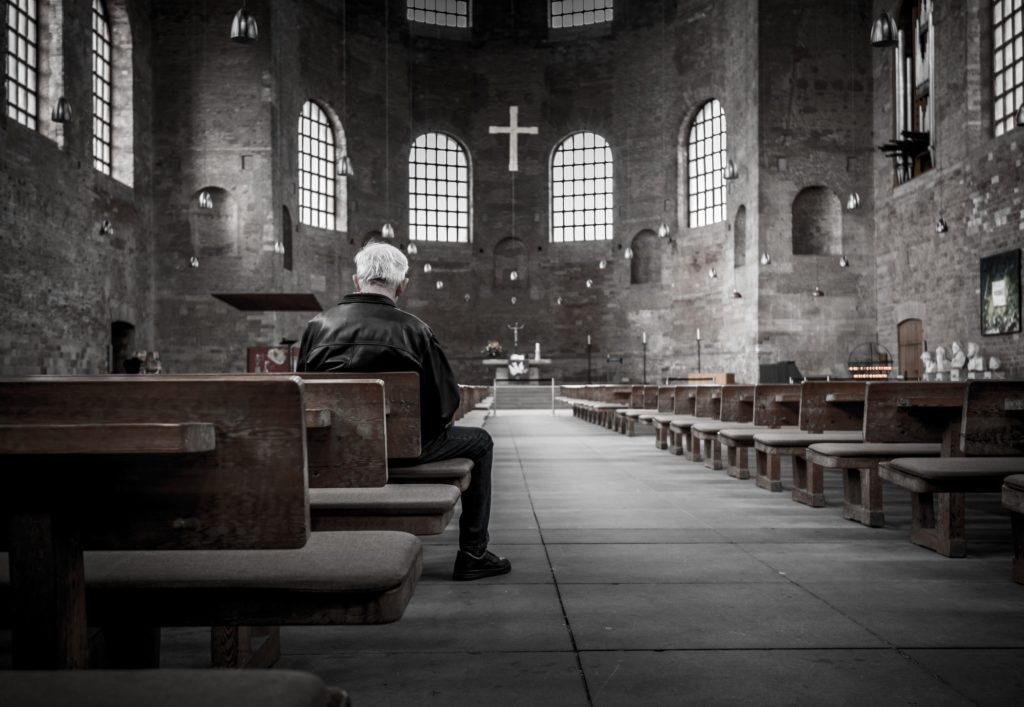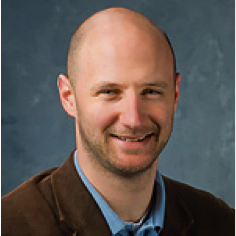It is a highly regarded fact that, throughout most of history, the majority of human beings have dwelt in rural areas. According to the Population Reference Bureau, as recently as 1800, only 3 percent of the world’s population could be found in urban areas. This grew substantially to fourteen percent in 1900, but remained a small minority.
The Rural Church
Wuthnow, commenting on the ruralness of society in relationship to the church within its community states:
Historical analysis shows clearly that for centuries the Christian church has been the mainstay of community life in Western society. In the Middle Ages, people lived within walking distance of the church, worked to its bells, took their animals to it to be blessed, and followed its calendar. After the Reformation people formed their own churches and called pastors who lived as they did. In our own history the church was first an integral part of the colony, then of towns, and later of urban and suburban neighborhoods (Wuthrow, Christianity in the 21st Century: Reflections on the Challenges Ahead.)
The Move to the City
For most of our history, the rural living of people coincided with an easy reliance on the institution of the church. As the world moves toward more urban living, this invisible contract is under severe challenge. In the last decade, the population of the world located in urban areas crossed the 50-percent threshold, and it is estimated that 61 percent of the population will live in an urban area by 2025 (Shaller, Urban Christianity and Global Order: Theological Resources for an Urban Future.) This same trend is also seen in the West, particularly in the United States.
Following World War II, it is no secret that the United States went into a period of mass suburbanization. The post-war economy boomed, and people began having significantly more children than their parents’ generation. Families increased in size and spending power, and, therefore, sought new land apart from the city and town-center.
The Rise of the Sprawl
Thus, the suburbs were created (Wuthrow). In addition, two decisions within the federal government strongly supported the ensuing “sprawl” of society. First, in 1954, a new tax code was created that provided a tax shelter to new construction versus the refurbishment of established structures. This encouraged many entrepreneurial developers to open new regional shopping centers in the developing suburbs. (Discontinuity and Hope: Radical Change and the Path to the Future.)
Secondly, the national highway program added over 41,000 miles of road in the 1950s and 1960s, thus creating avenues for both people and business to move away from the city (Schaller.) This meant a majority of new churches that were started in this period were started in the suburbs. Many of these churches were independent or non-denominational in nature. Coupled with the desire to be in larger groups and the consumer mentality of the baby-boomer generation, large regional mega-churches sprung up in the ever- expanding suburbs. Many established denominational churches that were located in city and town centers could not expand facilities to compete with the regional church and had an increasingly shrinking population pool from which to draw.22 For an established denomination, numerical decline and the increasing age of congregations were inevitable. Now, many small congregations in urban areas can be found that were the product of this transition.
Emerging Generations
In contrast to their parents’ generation, the emerging generations of young adults that are least likely to be found in modern congregations are returning to an urban lifestyle (Keller, A Biblical Theology of the City.) The re-urbanization of America is a trend that has picked up increasing steam in recent years. From planned, multi-use urban communities to reconstructed towns that resemble the old South, younger generations of people desire a more communal living experience. There is an increasing emphasis upon the need to work where one lives and to minimize the effects of human living upon the environment. From a business perspective, the growing density of population in our urban areas is making business in these locations more viable and attractive. In addition, as Andrew Davey states in his book Urban Christianity and the Global Order, “The world is now an urban place. The resources and concerns of the church need to acknowledge this. This new situation means that, more than ever, theological reflection is needed on cities and the future of urban life.” (Davey, Urban Christianity and Global Order: Theological Resources for an Urban Future .)


